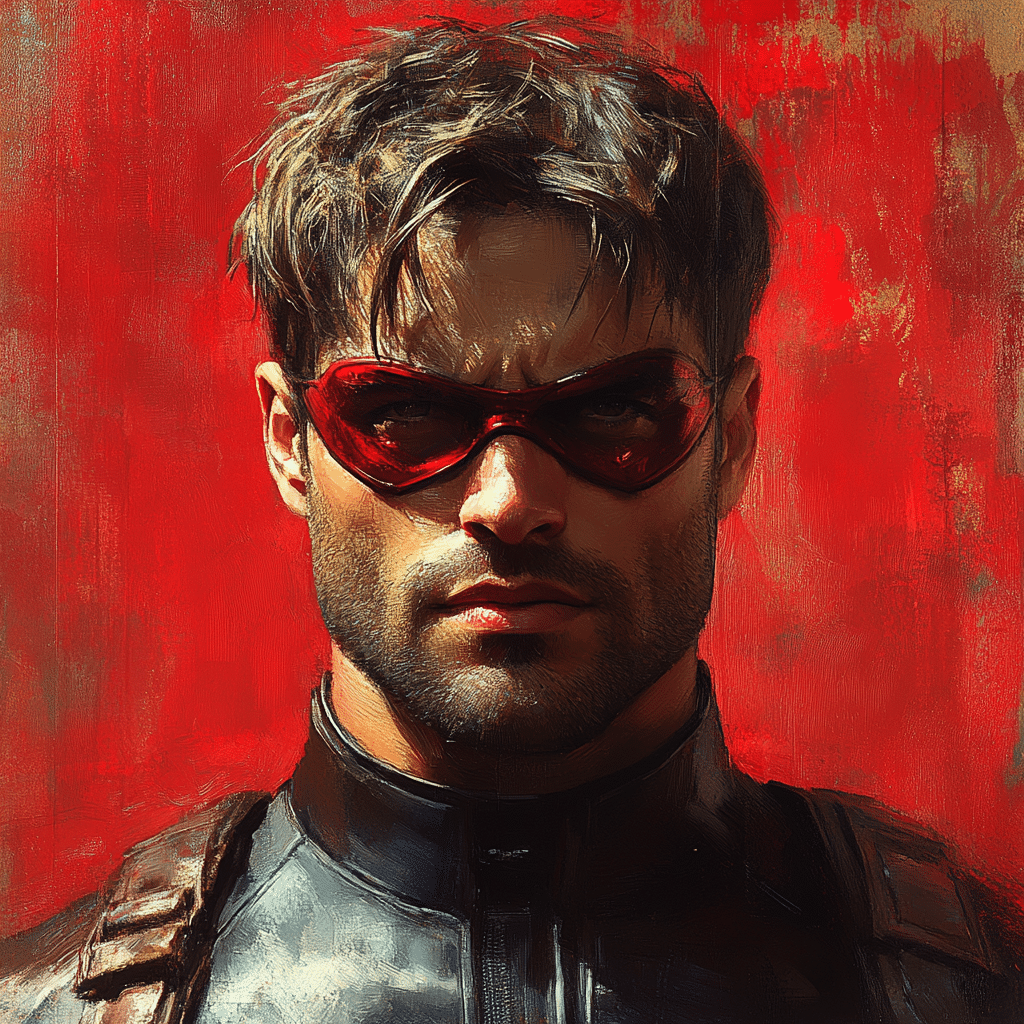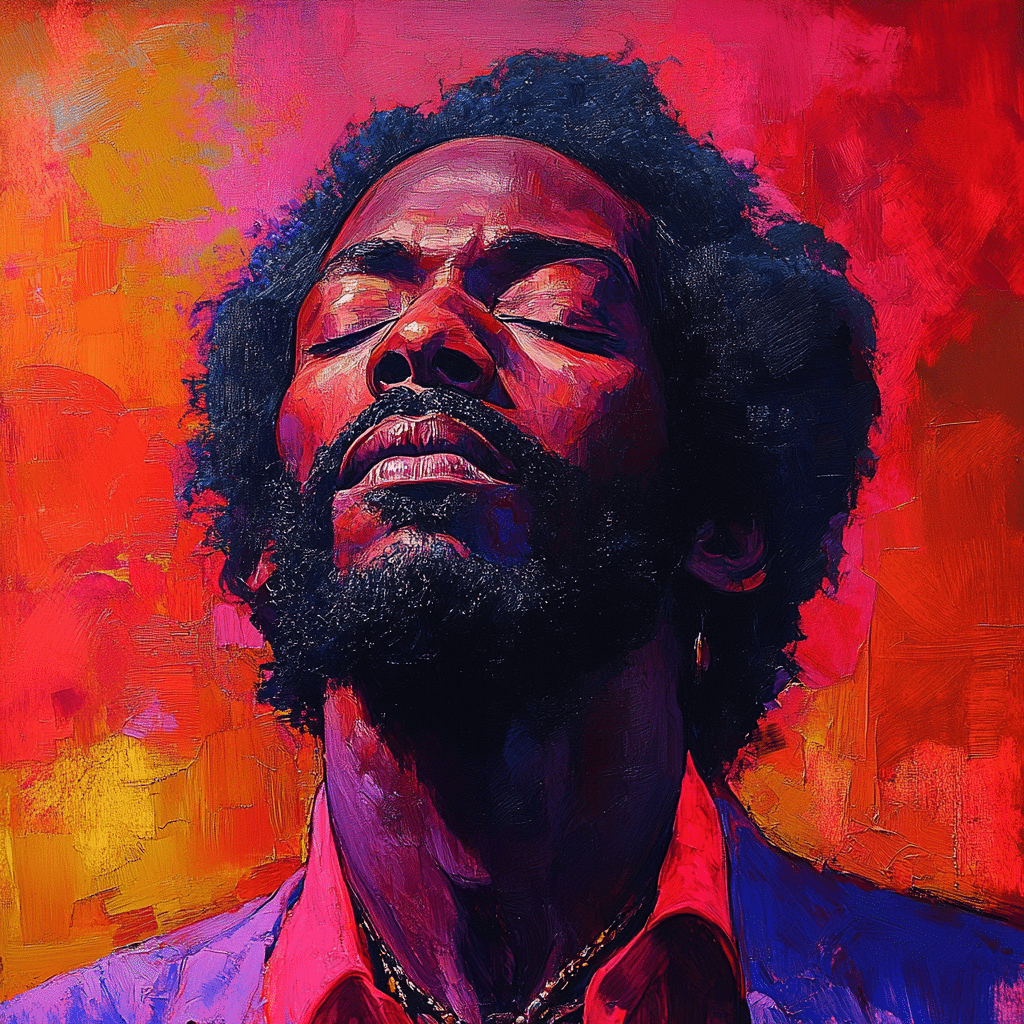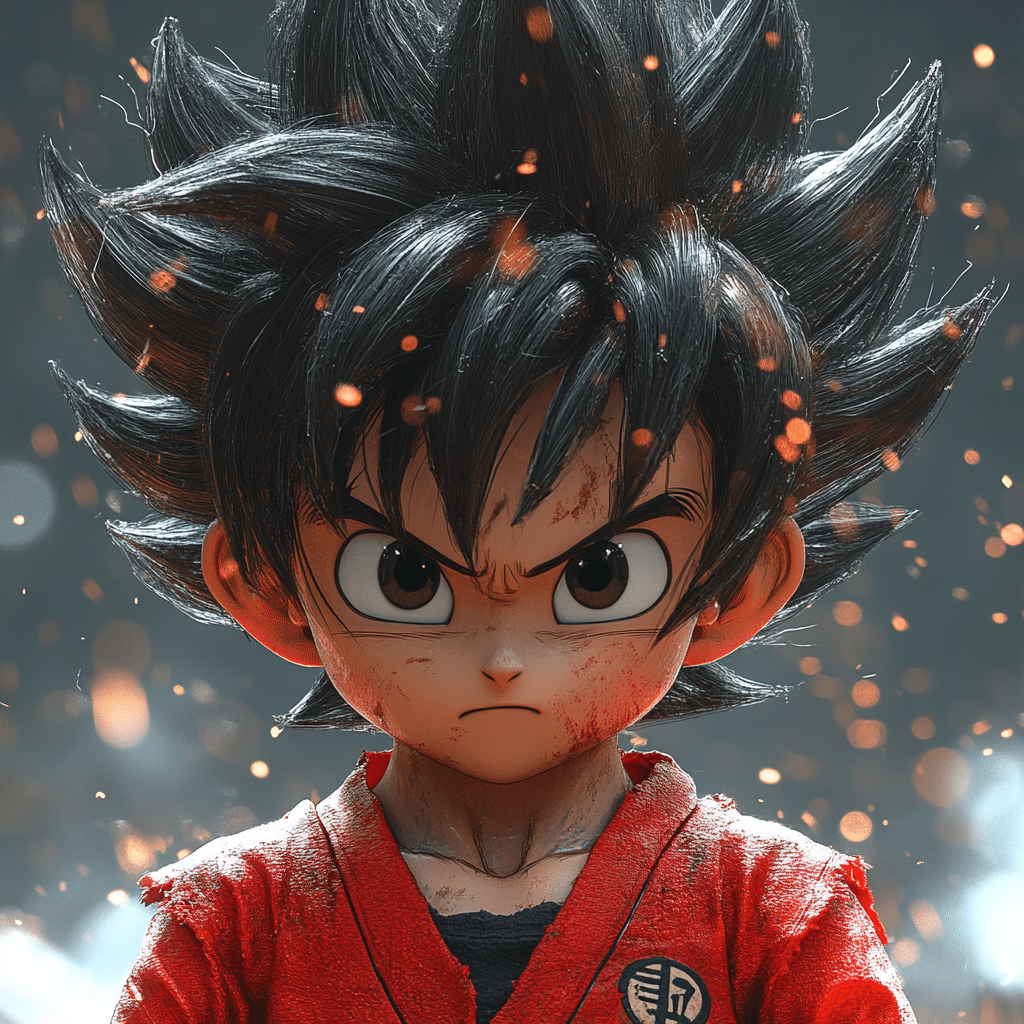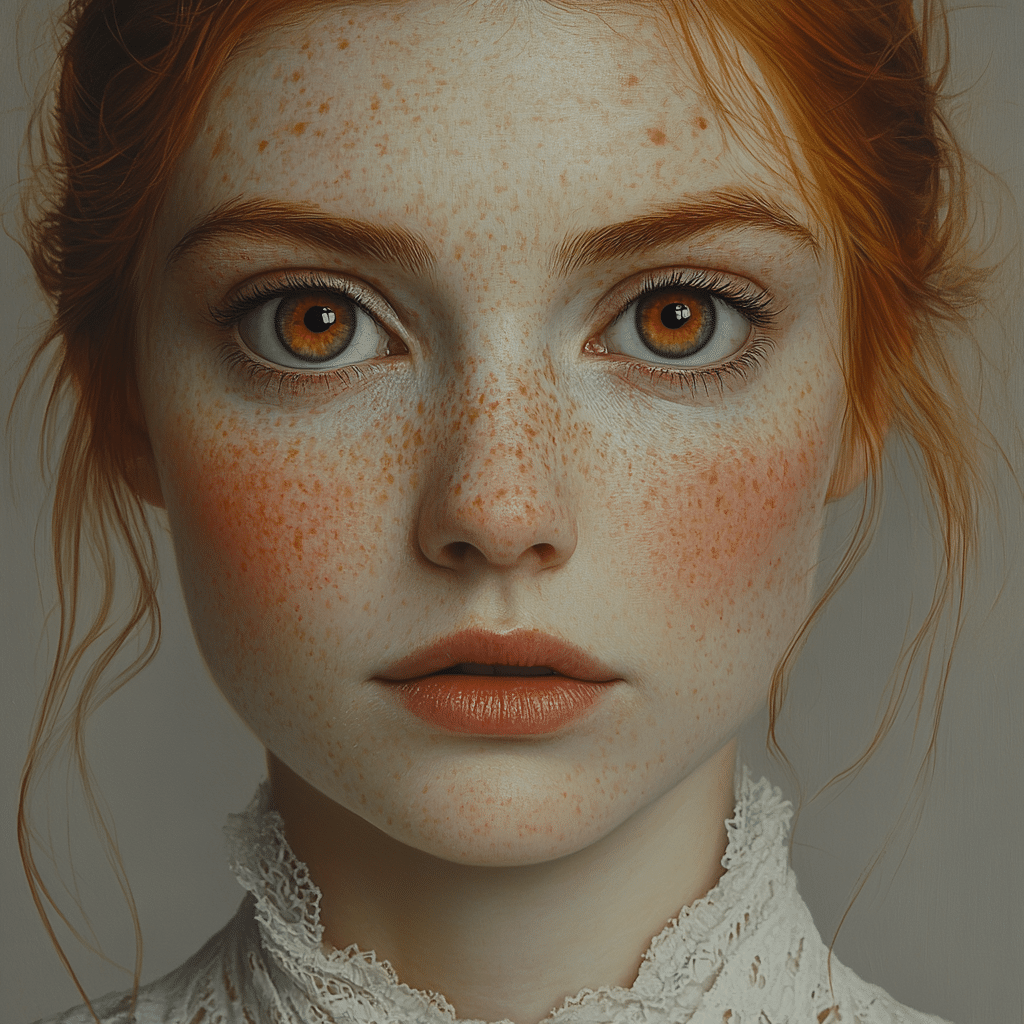Ascent and descent to the underworld seem to happen by means of a labyrinthine cavern near Captain Vidal’s fort when Ofelia pursues a sprite towards what seems to be an old ruin. At the same time, the world of the living seems to have a connection with the underworld through dreams. As in Greek mythology, there is also a connection between the world of the living and the land of the dead that is directly connected with seeds and fruit, employing a motif suggesting that out of death comes life. The film opens with a flash forward after Ofelia has been shot by Captain Vidal and lay bleeding to death in the darkness. It is only after her death that she can return to the other realm in which she was born. Similar to Persephone who falls prey to Hades, having eaten a pomegranate in the underworld, Ofelia is warned by Pan against eating the grapes in the lair of the blind giant, lest she is bound to the cavern forever.
Also critical is the similarity between Persephone’s mother Demeter in the myth, and Ofelia’s relationship with her parents in the film – both on Earth and in the Underworld. Demeter, like Ofelia’s mother and father, is insistent on her daughter being brought back from Hades. While Demeter punished the Earth because of Hades’ refusal to return her daughter, the king and queen set out portals throughout various kingdoms and realms in search of her, in the hope that she is still alive.
However, in many ways, Del Toro extends the myth further with other symbols of fertility: a root soaked in milk resembling Ofelia’s infant brother, to cure her mother’s illness. All of these are plants or the production of plants that grow somewhere mysterious. More important is one of the transitions from the underworld to the mortal world, in which those who leave one realm are blinded by a light that blinds them and erases their memory, suggesting the first light an infant sees at birth. The first glimpse of light we see in the film is at the moment of Ofelia’s birth when she leaves her realm for Earth. In Del Toro’s film, the world of the harvest and the world of the unborn are closely interconnected.
Del Toro uses a great deal of feminine imagery throughout the story, particularly with trees. The first task given to Ofelia by the faun is to stop a giant toad that lives under a great tree near the labyrinth, eating the creatures that work to nourish it. The tree, which appears to be hollowed out, resembles a vagina with fallopian tubes when it first appears to Ofelia in her book. When she climbs inside it, it is clear that the tree is like a large womb, a warm home to a large number of small creatures that it helps to nourish, including the toad that tries to destroy it by living inside of it. Later in the film, she must convince her unborn brother not to hurt her already very weak mother in the way the toad has harmed the balance of life by staying inside the tree.
When she enters the tree, she must first remove the dress her mother had made for her, suggesting maturity. Almost immediately as she crawls into the hollow tree, the mud stains her clothes like menstrual blood, which also bleeds through the pages of her book. The movie is ultimately the story of one girl’s journey through childhood, into adolescence, and finally coming of age, when she proves herself worthy of entering the portal by giving her own life for the life of her brother.
















